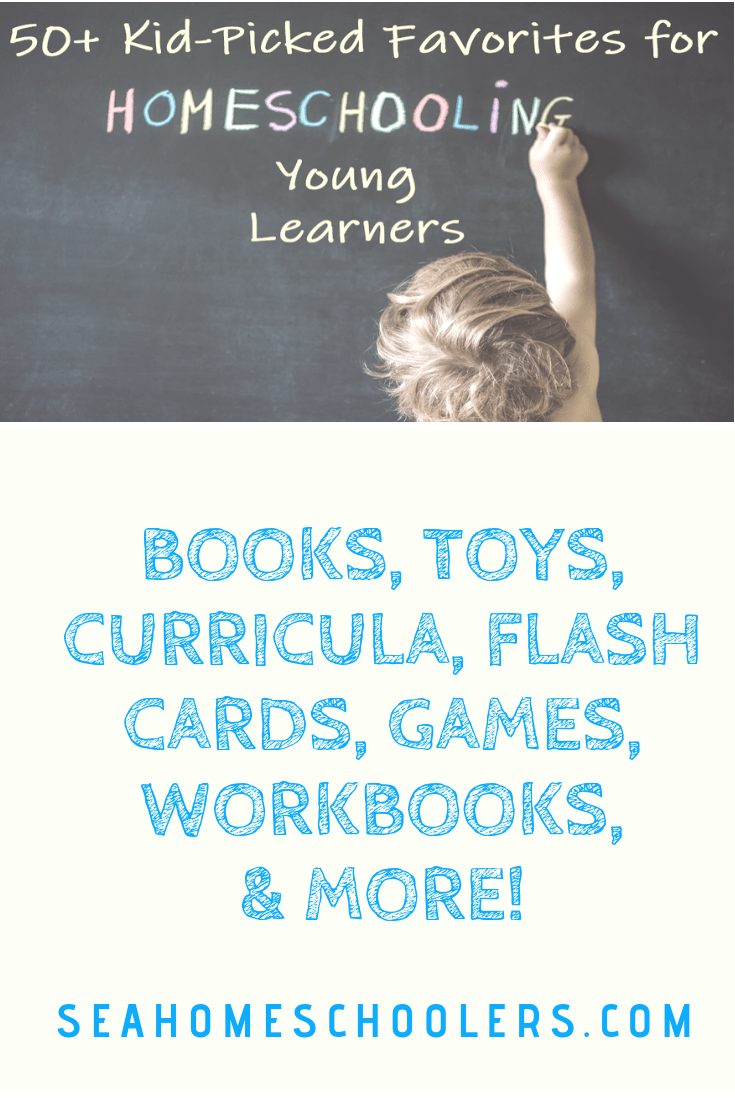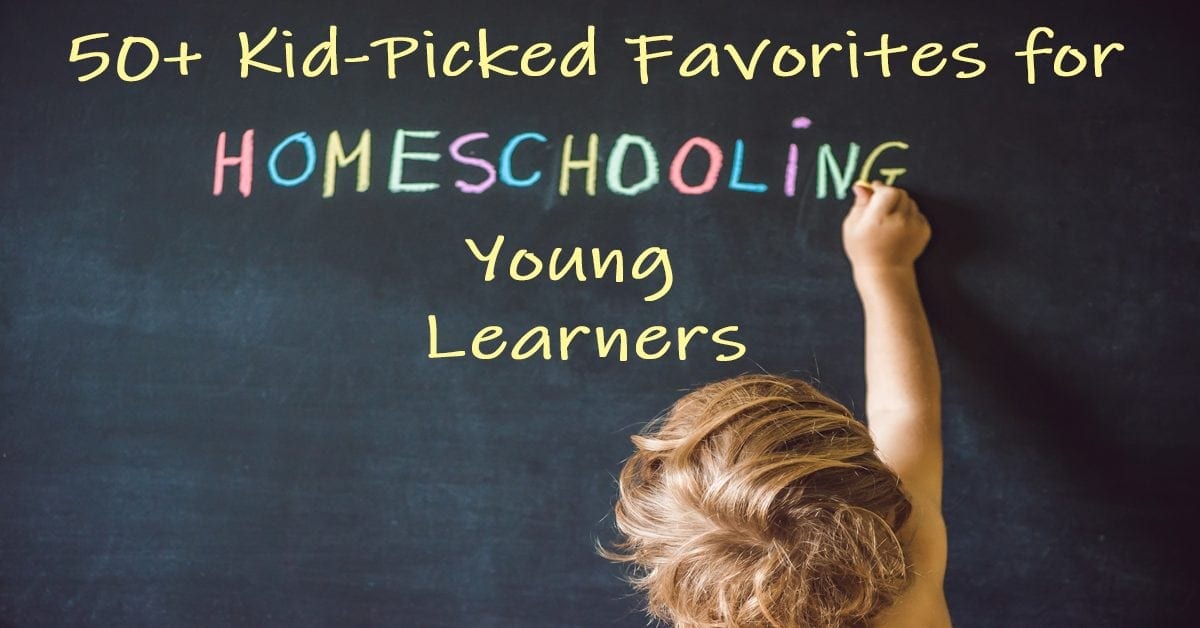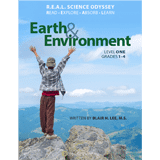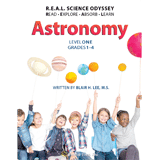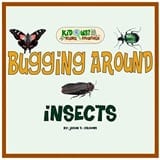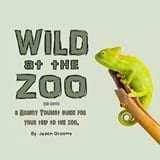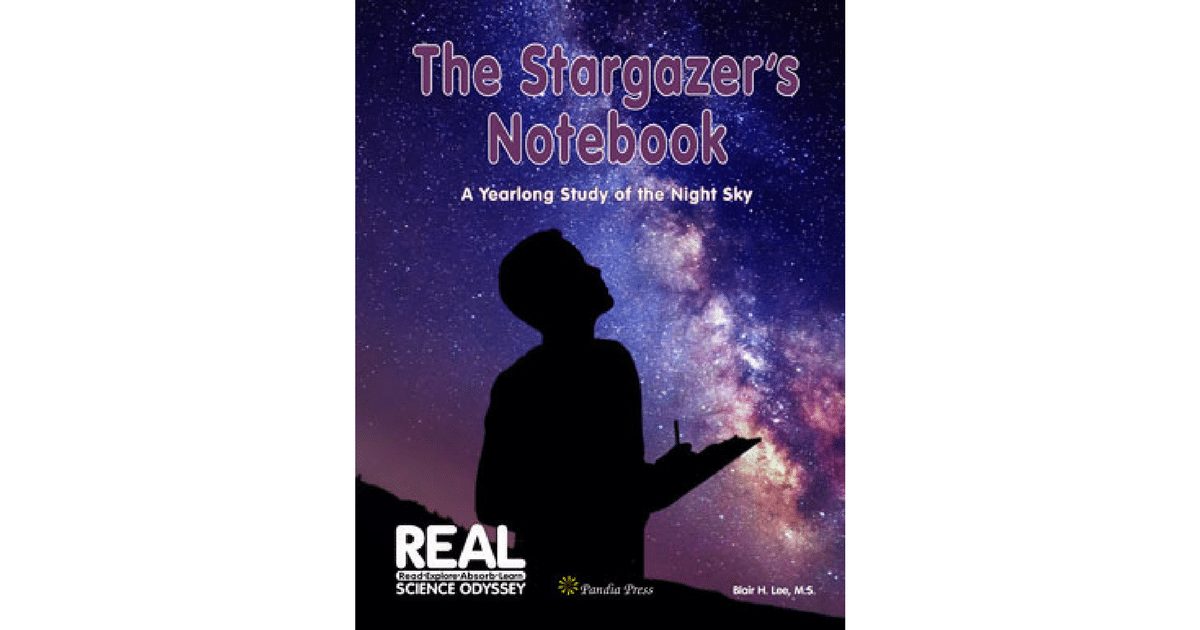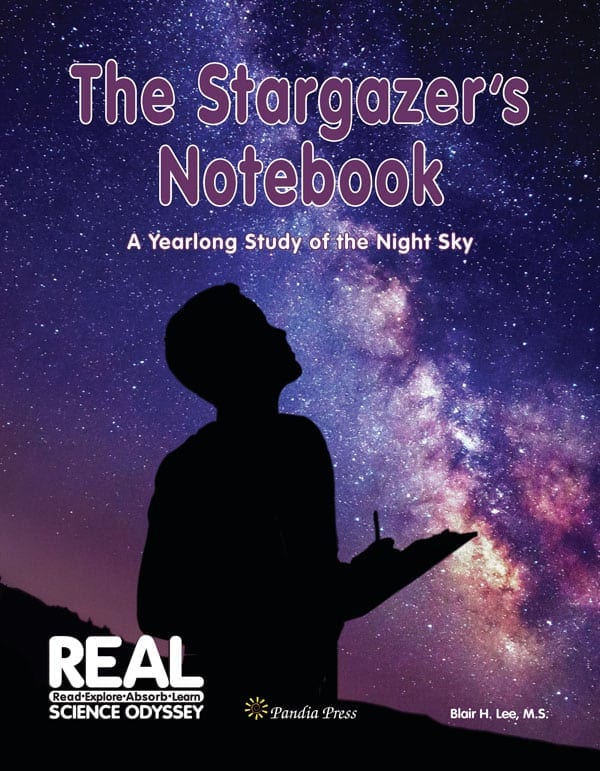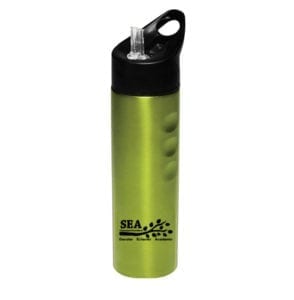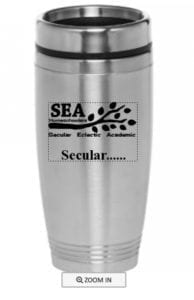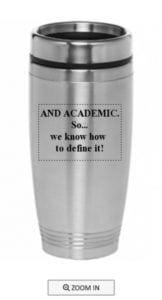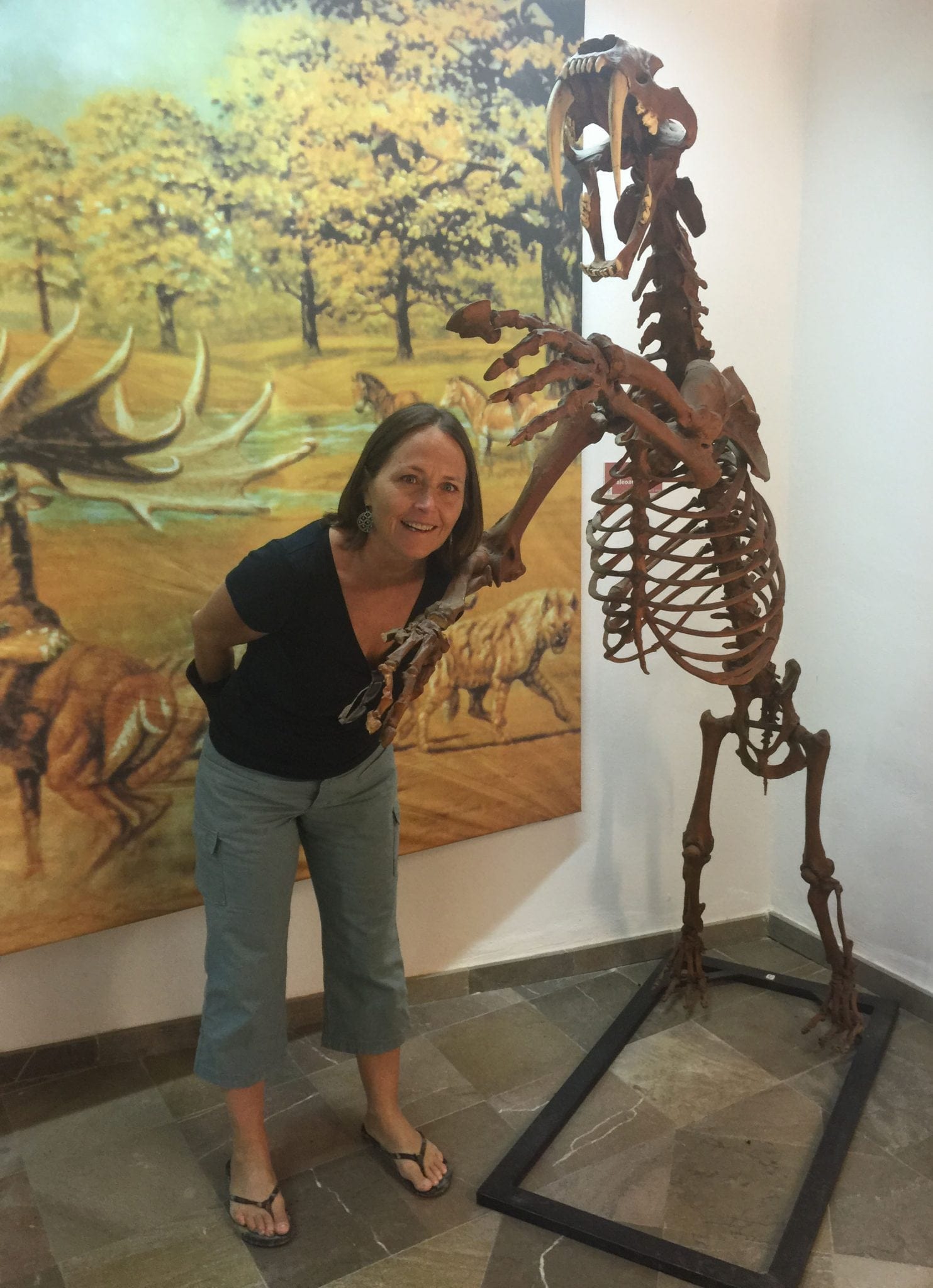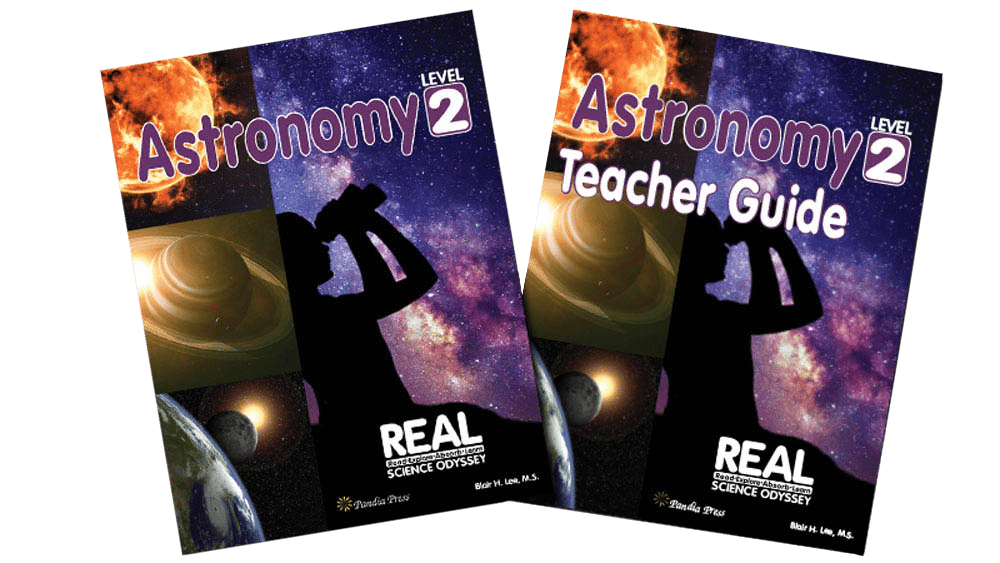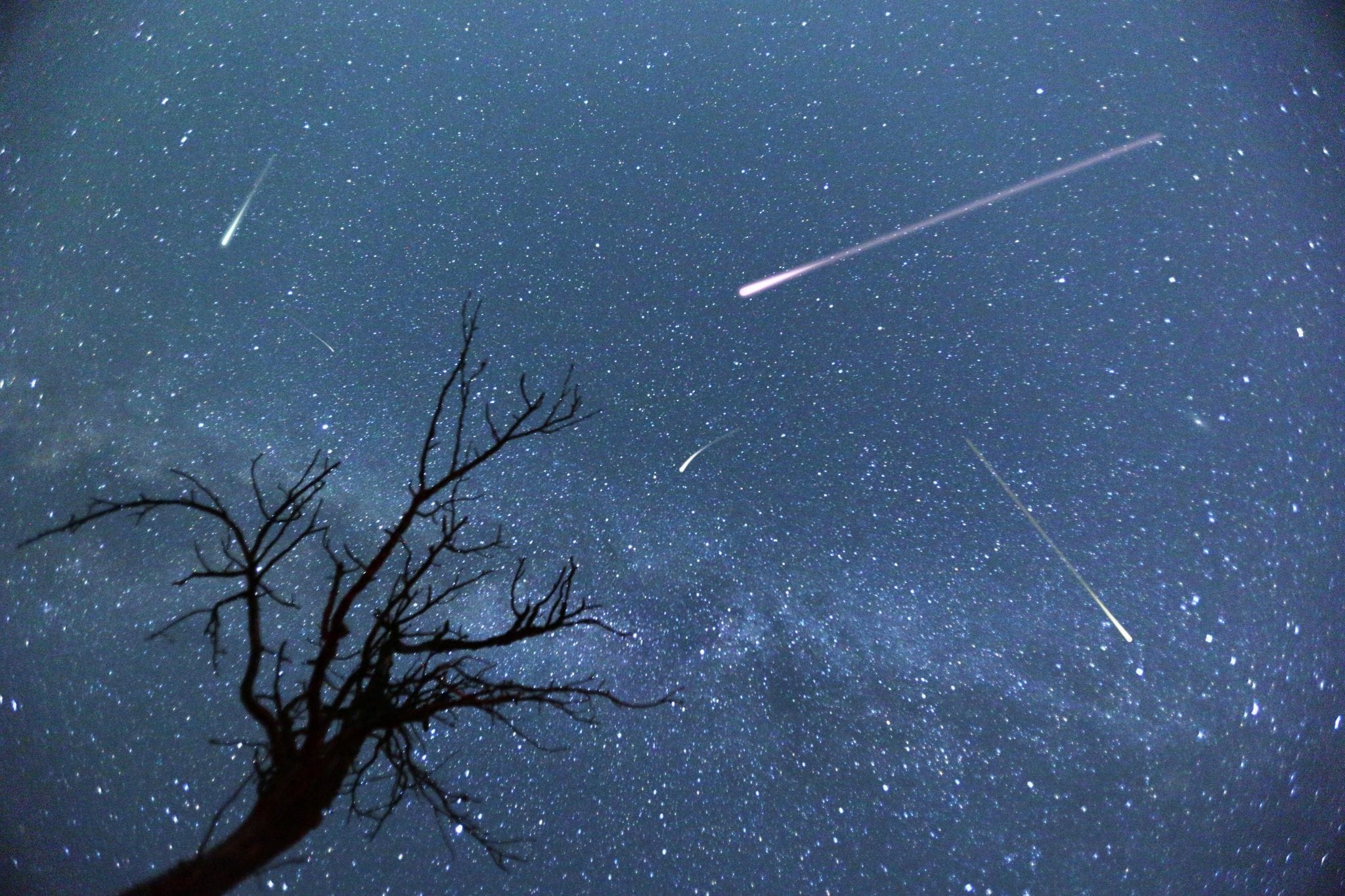As a follow-up to the talk I gave at the SEA Homeschoolers Convention 2018, “Playing School: Bridging Play and Education for Academically-Minded Preschoolers and Kindergarteners,” I would like to share a list of some of the most-loved items in our child-led homeschool.
We are eclectic homeschoolers and that definitely shows in this list. All the products on this list have been selected and tested by my kids. Some are updated versions of materials my teens loved when they were little, and others are new additions to our homeschool toolbox as I start this journey again with my youngest.
(This post contains affiliate links.)
Books, toys, curricula, flash cards, games, workbooks, and more:
Dry erase markers are great but can be messy and often slide too easily over a writing surface, making them hard for little hands to control. I have found Crayola Dry Erase Crayons give just enough resistance to slow young writers down, giving them better control. Bonus: they create less mess and easily wash out of most fabrics too!
These dry erase tracing pages are excellent for practicing pre-handwriting skills. The set includes 25 heavy-weight, tear-resistant, reusable pages with 4 unique traceable rows on each page.
Make any worksheet or coloring page reusable with dry erase pockets. These are great for writing on maps, checklist, and chore charts too!

Practice letter and number recognition, plus pre-handwriting skills, with Kid O Magnatabs in A to Z, a to z – Lower Case, and Learn Your Numbers 0-9.
Learn and track months, days, date, season, temperature, weather, activities, holidays, feelings, and more with this magnetic and dry daily erase calendar.
My 4yo loves the Melissa and Doug Turn & Tell Wooden Clock. With a dozen double-sided time cards and a self-check window to compare analog and digital time formats, this clock makes learning to tell time fun and easy.
This wipe-and-write teaching clock gets a lot of use in our house as well.
Telling Time workbook by Evan-Moor
This set of lacing beads helps develop fine motor skills as well as pattern recognition to help with early reading and math. The 20 cards included start with simple color and shape recognition patterns and build to more advanced challenges.
Explore early geometry concepts with these pattern blocks and cards.
The Learn to Read Activity Book is great for my workbook loving kid. It has 101 lessons and activities starting with letter recognition and phonetics then building into reading.
My daughter loves to make up her own card games with this Reading Flash Cards 4 Pack.
CVC tri-blocks can be used on their own or with guidance from the coordinating card set.
Move beyond CVC with these word building tri-blocks and coordinating card set.
Tumble Trax Magnetic Marble Run is a fun, hands-on introduction to physics.
Engineering Ants by Peaceable Kingdom is a cooperative game that encourages problem-solving skills and teamwork as you design and build creative solutions to help the ants.
Mighty Magnets mini-course from Be Naturally Curious is a fun hands-on science resource.
More magnet fun with this Learning Resources Magnet Lab Kit.
R.E.A.L. Science Odyssey Earth and Environment 1 and Astronomy 1 are excellent curricula for young students with high academic needs. They are easily adaptable for asynchronous development without watering down the science concepts and have lots of fun, hands-on labs. Earth and Environment has the best environmental science lessons I have ever seen for young kids. By reading aloud, scribing for her, and acting as her “lab assistant,” I am able to let my daughter follow her passions now instead of waiting until she is older. My youngest also loves Dusty and Bunny, the space dust bunnies who narrate Astronomy; she even requests that I read it as a bedtime story!
Experiment with science and fun with the Primary Science Deluxe Lab Set.
Primary Science Jumbo Test Tubes with Stand is perfect for little hands.
Introduce lab safety and procedures (plus have fun playing dress-up) with this Primary Science Lab Gear.
Part workbook with information, activities, and games, part field journal for recording observations, Bugging Around and Wild at the Zoo by Jason Grooms are wonderful for young scientists.
From rain water to flower petals to carpet fuzz, my youngest is curious about everything. This pocket microscope with light travels with us nearly everywhere and is just the right size for little hands.
The Magic School Bus: A Journey into the Human Body science kit.
Melissa and Doug Magnetic Human Body Anatomy Play Set With 24 Magnetic Pieces and Storage Tray (atomically correct).
SmartLab Toys Squishy Human Body is so much fun!
Learning About Money workbook by Evan-More.
Life-size play money for hands-on learning.
One Cent, Two Cents, Old Cent, New Cent: All About Money from The Cat in the Hat Learning Library is a fun and fascinating introduction to money and its history.
Practice coin recognition, skip counting, and addition with the simple rhymes in The Coin Counting Book.
Develop number sense and practice early math skills with this rekenrek counting frame.
A number balance allows for hands-on interaction while visually displaying number relationships.
A place value flip stand is a handy teaching tool.
Mathlink cubes are one of many manipulatives we use in our daily math activities.
I have a classic set of wooden cuirsenaire rods, but my youngest prefers this Connecting Cuisenaire Rods Introductory Set.
A good balance scale will get years of use. I really like the included weight set with this one.
Counting, weighing, sorting by size or color; these bears are a versatile hands-on learning tool.
This Kid’s Tape Measure is super durable and easy to use.
These floor puzzles are lots of fun too!
Use dry erase crayons or markers, stickers, photos, and more to make these laminated wall maps an interactive part of your educational adventures.
Where On Earth Atlas is a wonderful visual introduction to world geography, pair with When On Earth for a visual introduction to world history as well. These books provide a nice overview, be prepared to fall down rabbit holes and to add more resources for a deep dive.
Rad American Women A-Z is more than your average alphabet book.
Aunt Isabel Tells a Good One is more than just a cute picture book, it’s a story that teaches about stories! Learn about parts of a story while reading this book together and then practice some storytelling of your own. We love this book so much I have decided to write a storytelling unit study to go with it. The unit study will be available for free in the SEA Homeschoolers Members area later this year!
Seeds and Trees: A children’s book about the power of words is a recent favorite in our house.

We fell in love with Annabelle and Aiden as soon as the first book was released. This series is a fact-based, gentle introduction to big topics through lyrical verse and stunning illustrations. We find ourselves going back to these wonderful books over and over again; the characters have become favorite imaginary friends who are often included in pretend play.
Get creative with less mess with these no-spill paint cups and brushes.
Fill your no-spill paint cups with washable paints from Crayola.
These all natural, vegan, eco-friendly paint mixes can be made thick like finger paint, creamy like tempera paint, or thin like watercolors…and include biodegradable mixing cups!
Hey Clay Aliens – Colorful Kids Modeling Air-Dry Clay with interactive app.
